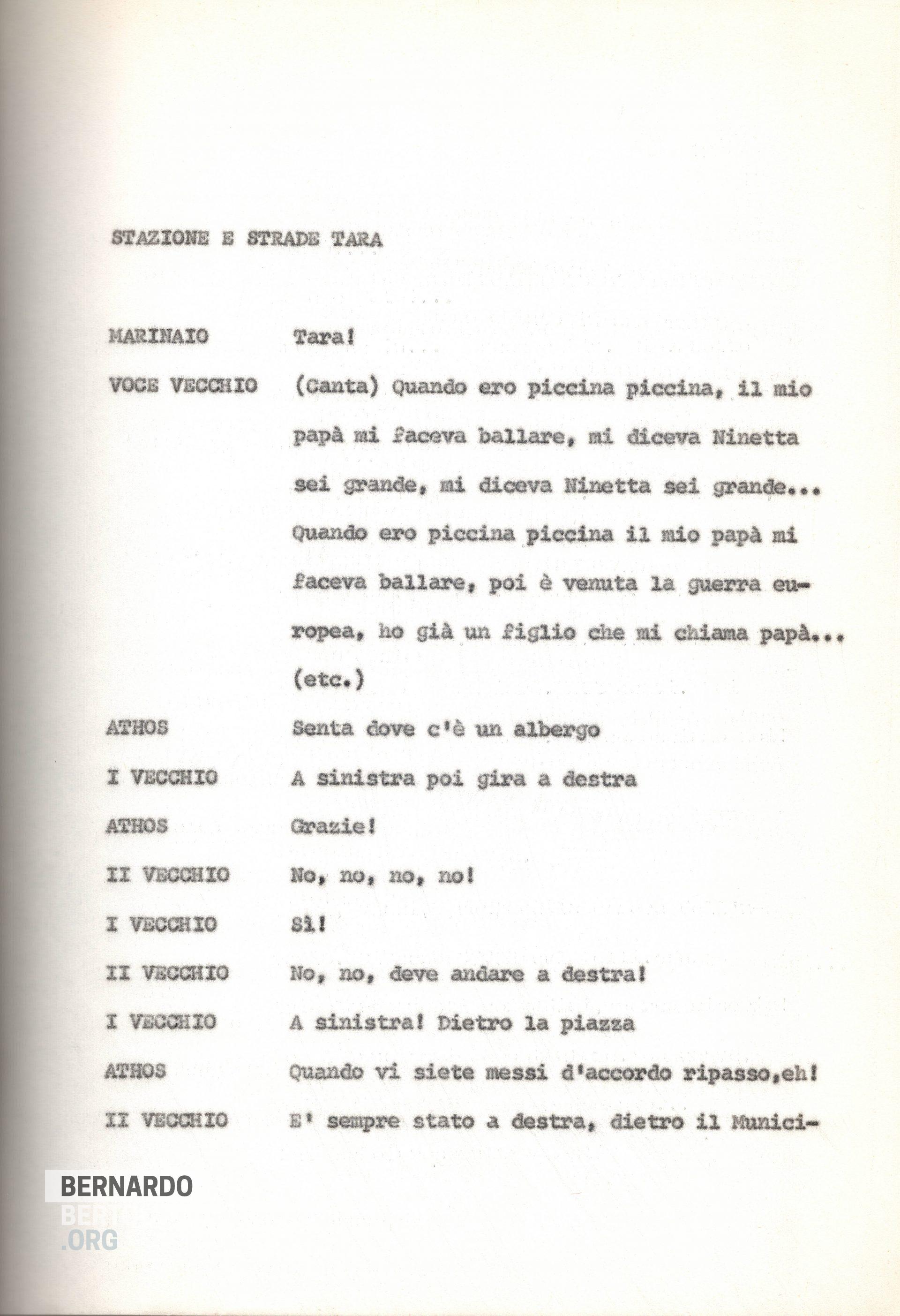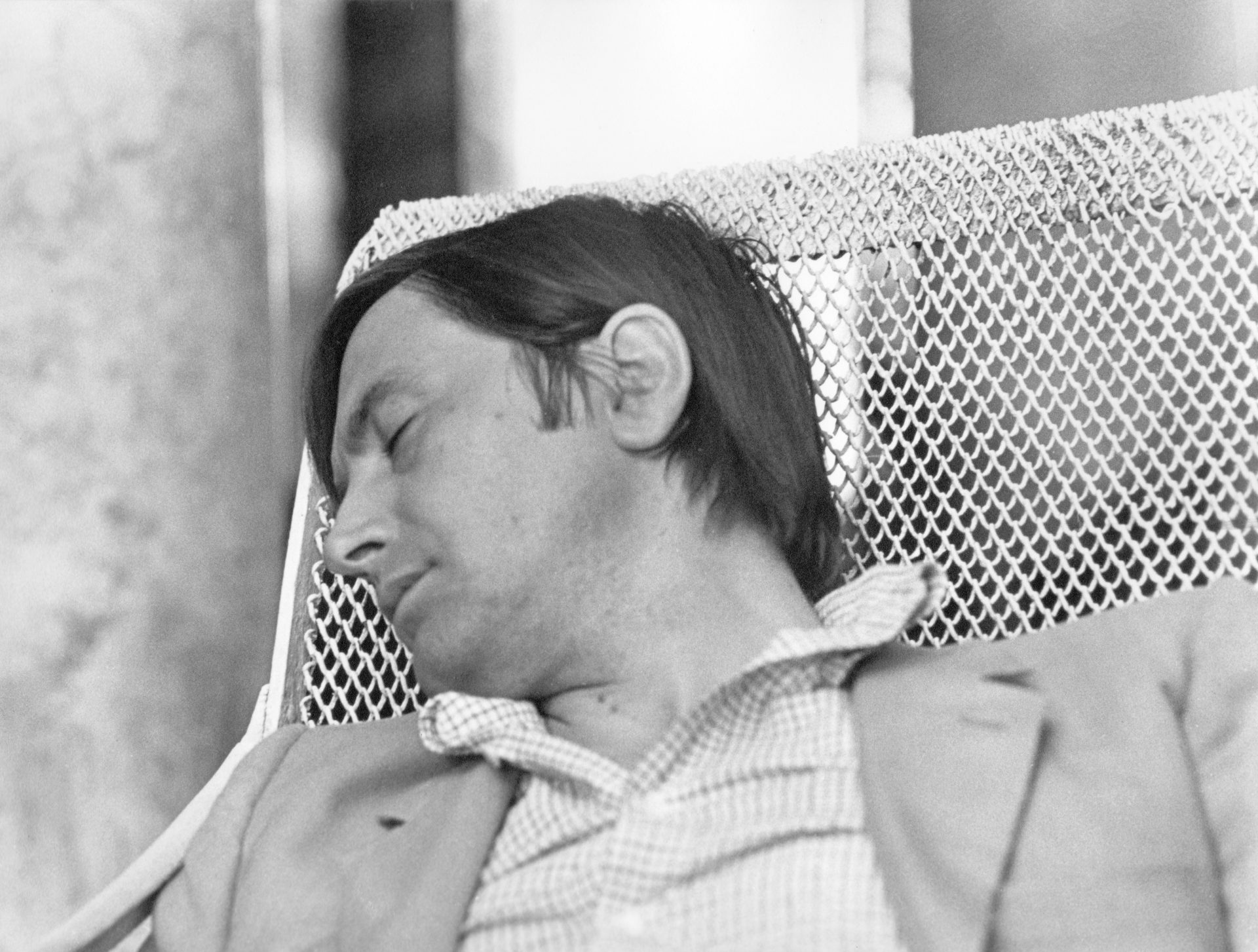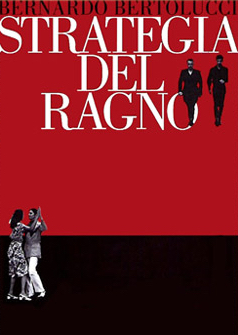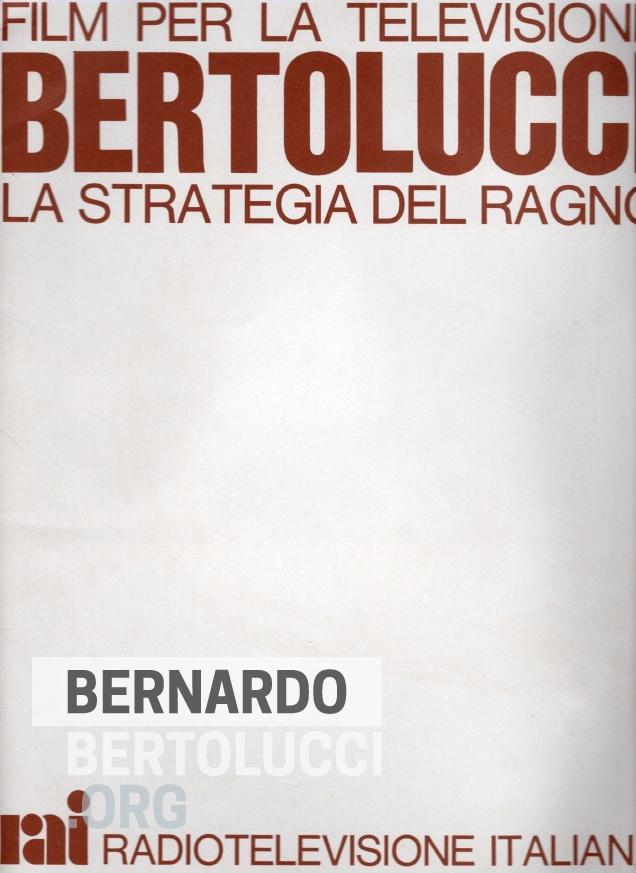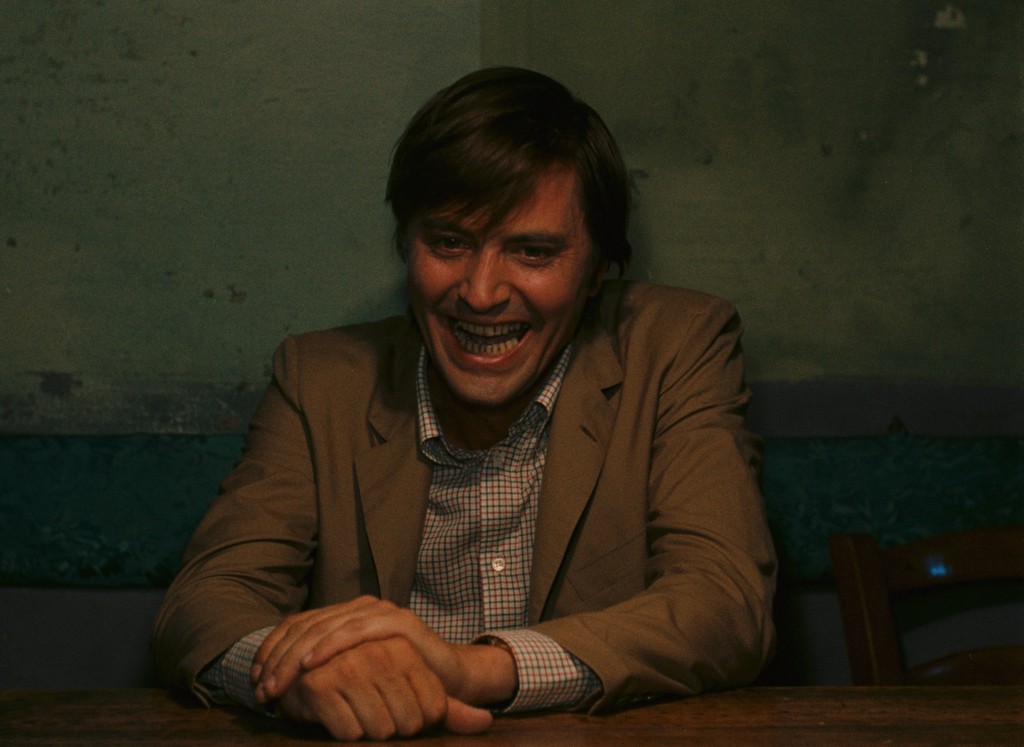The things they did and said endure in the history books
Jorge Luis Borges, “Theme of the Traitor and the Hero” in Ficciones, 1944
Produced and distributed by RAI Radio Televisione Italiana and freely adapted from the story “Theme of the Traitor and the Hero” by Jorge Luis Borges, The Spider’s Stratagem is Bertolucci’s fourth feature film.
Premiered at the Mostra del Cinema in 1970, the film returns this year to Venice in a restored version by Fondazione Cineteca di Bologna and Massimo Sordella in collaboration with Compass Film and RAI Cinema.
Film file
The Dream of a Film
by Bernardo Bertolucci
The Spider’s Stratagem is a film built around confronting the ambiguity of history, the demystification of the heroic figures of middle-class anti-fascist fathers, the discovery that nights on the Po Plain have a blue light like Magritte’s nights, the heroic sound recording microphones besieged by the Po’s enormous mosquitoes, the tracking shots that came to me were always sideways, parallel to people and walls, full of stops and stops, and then I realized that they were like the old local trains of the Po Lowlands. All of this is just part of an experience. The film means what it means, as Moravia would say. If regional cinema becomes something we think about, I would like to hear someone say in a couple of years that The Spider’s Stratagem was the first regional film, even if rough and artisanal. That is why, in my mind, I like thinking that I dedicated this film to the region of Emilia and its council.
The film is an example of cinéma-vérité. The extras were all characters I had known and idealized as a child. I shot the movie in a state of trance similar to a dream; it is the dream of a film, a cinéma-vérité of memory. My brother Giuseppe was my assistant, Vittorio Storaro the director of photography, for the first time, and my crew was reduced to the bare minimum. It was 38 degrees Celsius in the shade, and the film relentlessly chases shadow and leaves. The green of the countryside during the month of August seen in the film does not exist anywhere else in the world. At least half of the film is blue like some of Magritte’s paintings because I shot a lot during the brief interlude of light between day and evening. It’s a color you get only for a few minutes after the sun has set in summer, if you film without using filters. It’s a very special, distinct blue that all cameramen dreaded at the time. We started shooting when a normal cameraman would have said “enough”.
[in Catalogo generale della Mostra internazionale del cinema di Venezia, 1980; later in Scene madri di Bernardo Bertolucci, edited by Enzo Ungari, Ubulibri, Milan, 1982, and in Bernardo Bertolucci, La mia magnifica ossessione. Scritti, ricordi, interventi (1962-2010), edited by Fabio Francione & Piero Spila, Garzanti, 2010]
A CONVERSATION
WITH ENZO UNGARI
The Spider’s Stratagem
Treatment, screenplay, dialogue script
The first treatment of The Spider’s Stratagem still exist, typed and kept together in the archive with the screenplay and dialogue script.
UNDER THE SIGN
OF MAGICAL REALISM
Giuseppe Bertolucci tells
Bernardo picked his younger brother Giuseppe as assistant director for his first experience with cinema. Giuseppe also appears in the role of a lion’s head-bearer in one of the scenes of the movie. Luca Masetti conducted this video interview in 2012.
The Spider's Stratagem according to Brogi
Also interviewed by Luca Masetti in 2012, Giulio Brogi talks about the set and the film.
Still photographs
Still photographs by Marilù Parolini, also script co-writer with Bertolucci and Eduardo de Gregorio.
from color to black and white
The Spider’s Stratagem is a movie conceived of, written and shot in color and is evocative of certain paintings by René Magritte or Giorgio De Chirico. While France, Germany and England had already begun to broadcast television programs in color in 1967, in 1970 in Italy the RAI was still only in black and white, so the film was broadcast in black and white, partially penalising Bertolucci’s directing and Vittorio Storaro’s cinematography, here on his third feature film.
Bernardo himself commented on the difference between the conception and production of the color film and its airing in black and white in a long interview with Monica Maurer and Dietrich Schubert in 1971, generously made available by the directors and by the Archivio del Movimento Operaio e Democratico (AAMOD).
The Restoration
Previewed at the Venice Film Festival in 1970, The Spider’s Stratagem is back to Venice in a fully restored version.
The Spider’s Stratagem was restored in 4K by Fondazione Cineteca di Bologna and Massimo Sordella, in collaboration with Compass Film and RAI Cinema. The restoration used the original camera negative preserved by Studio Cine, the three-strip color separation positives struck at the Istituto Luce Cinecittà in 1995, and the original magnetic sound held by Teche Rai.
A 35mm positive print – struck under Vittorio Storaro’s supervision in 2010 and made available by Istituto Luce Cinecittà – was used as a reference for color grading.
Restoration work was carried out by L’Immagine Ritrovata laboratory in 2019.















